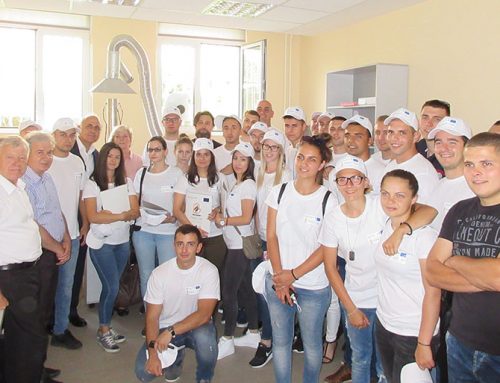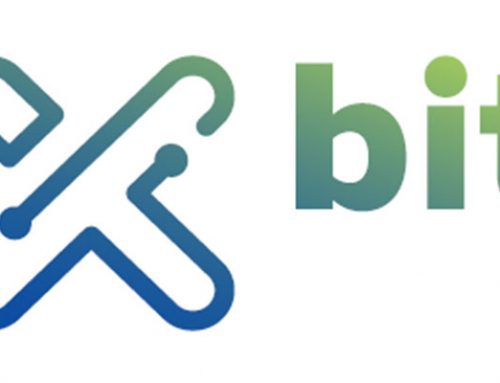Drug abuse is a problem among young people across Europe. This situation is exacerbated in Serbia by the country’s situation on the Balkan ‘drugs road’ between the Middle East and Western Europe, giving its population far greater access to drugs. Reports from the World Health Organization indicate that countries undergoing profound socio-economic changes, such as Serbia, experience greater demand for drugs by all those who feel excluded from the process or unable to cope with the changes. In Serbia, there has been a noted increase in the number of types of drugs available on the market and the age limit for drug use is extending in both directions, but especially toward younger age groups.
Aware of the need to reduce both the supply of, and demand for, drugs in the country to minimise the harmful effects of drug abuse on society, the Serbian government launched a National Strategy against Drug Abuse in 2009. In the same year, the EU-funded project INSADA – Implementing the National Strategy against Drug Abuse – was launched. Running for two years, the project assisted the Serbian Ministry of Health in developing a campaign to highlight the adverse effects of drug abuse to the general public. It operated at several levels, including training primary school teachers in raising awareness among children about drug prevention; producing booklets for parents to help them broach the topic of drug abuse with their children; and creating a nationwide multi-media campaign on drug abuse prevention.
Forensic examination
Although separate activities are being implemented by the government to help cut the supply of drugs – through disruption of organised drug trafficking, for example – the focus of INSADA’s work was on drug demand reduction. Part of the project – funded by the European Union to the tune of €2.5 million – saw the launch of a Forensic Drugs laboratory at the Institute of Forensic Medicine in Belgrade. The equipment installed in the lab is crucial in helping the country cut down the supply of drugs. Before its establishment, the Serbian state had virtually no independent means by which to identify and categorise drugs, thereby restricting its ability to successfully prosecute criminal gangs in the drug trade.
The equipment bought under the project enables scientists at the lab to analyse substances for the presence of psychoactive drugs, like cocaine, LSD and cannabis. Additional apparatus bought can be used in areas where illicit drug production is suspected to detect for harmful gases. Says Director of the Institute of Forensic Medicine in Belgrade, Dr Slobodan Nikolić, “The equipment will significantly improve the quality of our daily work. Thanks to modern machines, it is now possible to determine the presence of psychoactive substances in the material of any origin in very low concentrations, which was not possible before… As an independent institution it will be easier for us to actively provide services to the country in identifying substances and their monitoring whether they are of biological or other origins.”
More information
Project: Implementation of Strategy for fight against drugs – supply reduction component
Implemented by: Ministry of Health, Serbia – www.zdravlje.gov.rs
See also: Faculty of Medicine, University of Belgrade – www.mfub.bg.ac.rs



